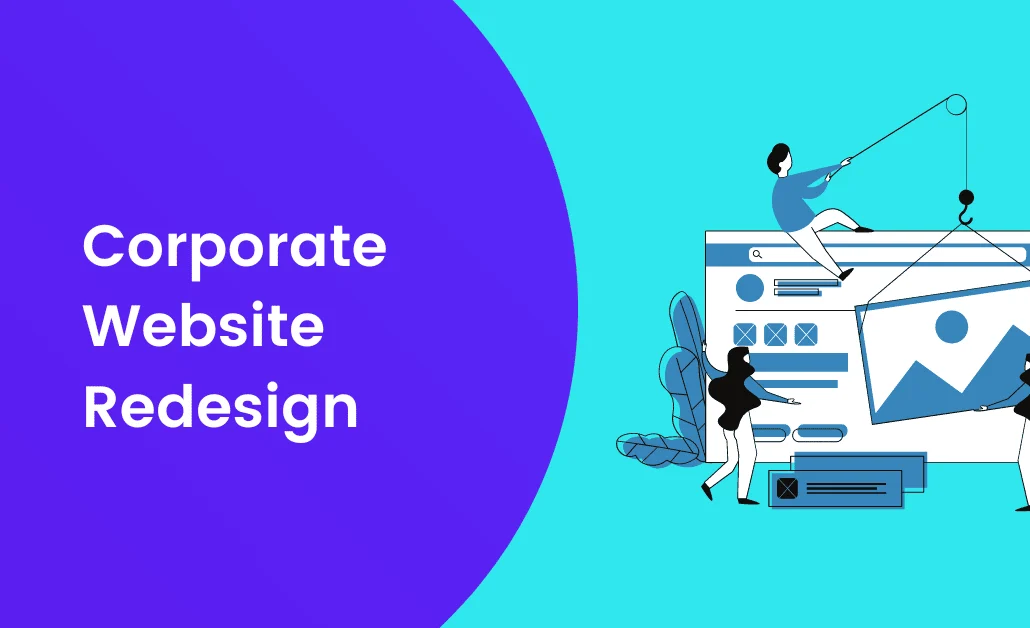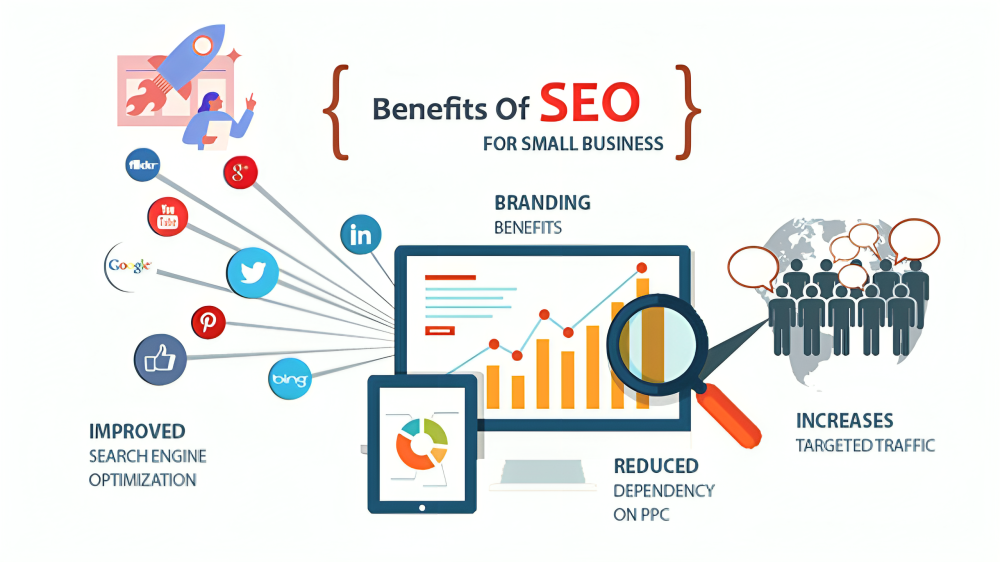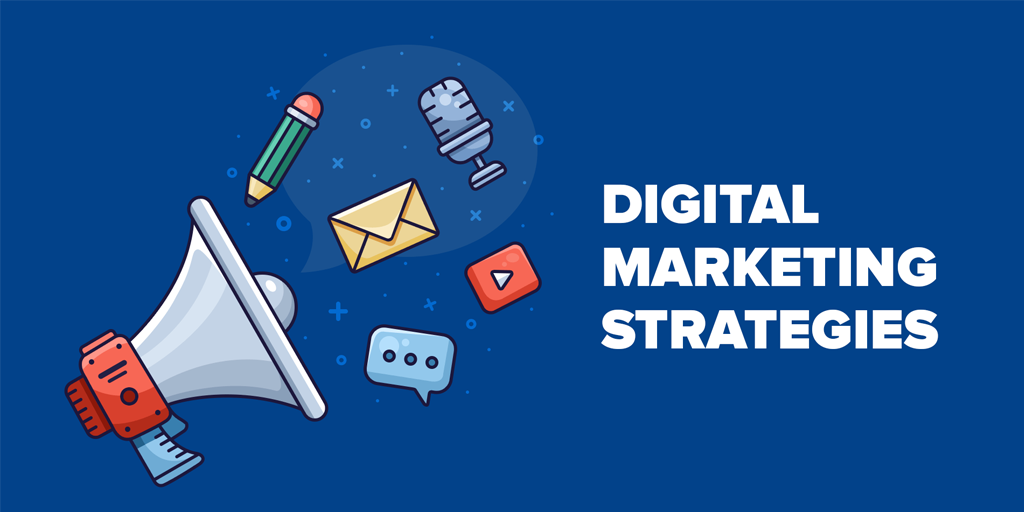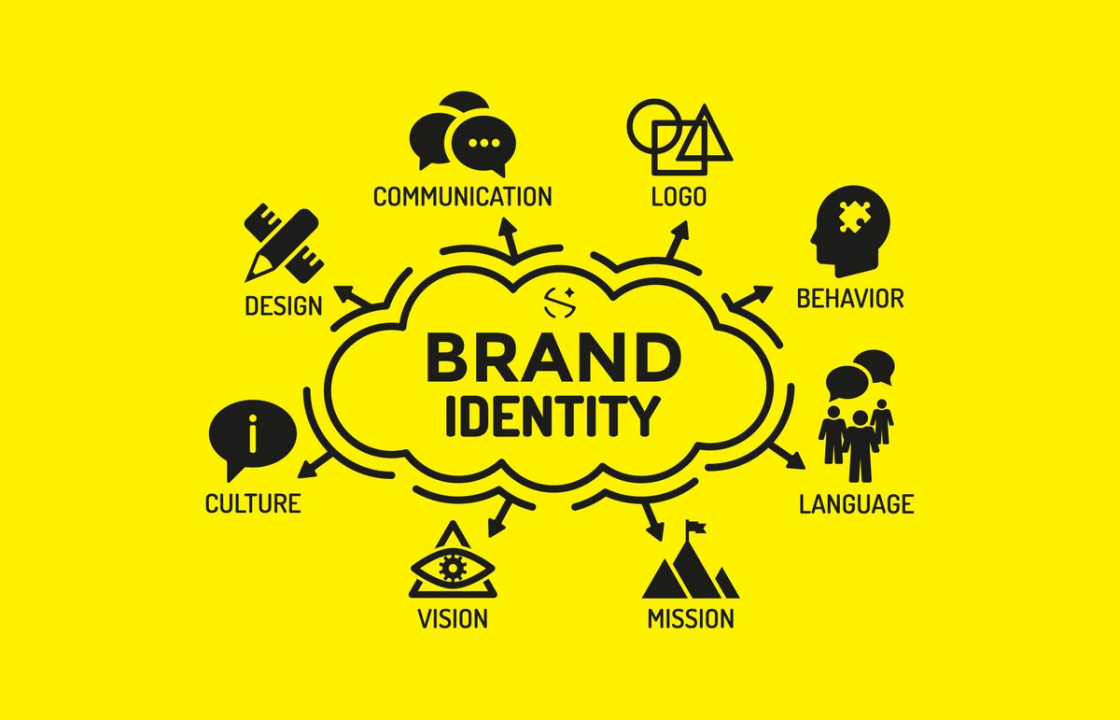Introduction
Redesigning a corporate website is a significant undertaking that can yield substantial benefits for businesses. A well-executed redesign can enhance user experience, improve brand perception, and drive business growth. At Cypher, we understand the complexities of corporate website redesigns and have the expertise to deliver impactful solutions. In this article, we’ll explore the essential steps and best practices for redesigning your corporate website to achieve maximum impact.
1. Define Your Goals and Objectives
Before embarking on a website redesign, it’s crucial to define your goals and objectives. Understanding what you aim to achieve will guide the redesign process and ensure that the final product aligns with your business needs.
Benefits:
- Provides a clear direction for the redesign process
- Ensures that the redesign aligns with business goals
- Facilitates better decision-making and prioritization
Implementation Tips:
- Identify key performance indicators (KPIs) to measure success
- Consider goals such as improving user experience, increasing conversions, or enhancing brand perception
- Engage stakeholders to gather input and align on objectives
2. Conduct a Website Audit
A comprehensive website audit helps identify areas for improvement and informs the redesign strategy. This audit should cover aspects such as user experience, performance, SEO, and content.
Benefits:
- Provides insights into current website performance and issues
- Identifies opportunities for improvement
- Informs the redesign strategy and prioritization
Implementation Tips:
- Analyze website analytics to understand user behavior and performance metrics
- Conduct usability testing to identify user experience issues
- Review SEO performance and identify optimization opportunities
3. Understand Your Audience
Understanding your audience is crucial for creating a website that meets their needs and expectations. Conducting user research and developing user personas can provide valuable insights into your target audience’s preferences and behaviors.
Benefits:
- Enhances user experience by catering to audience needs
- Informs design and content decisions
- Increases user engagement and satisfaction
Implementation Tips:
- Conduct surveys, interviews, and focus groups to gather user feedback
- Develop detailed user personas to represent your target audience
- Use analytics and user data to validate findings and inform decisions
4. Plan Your Content Strategy
Content is a critical component of any website redesign. Developing a comprehensive content strategy ensures that your website delivers valuable and relevant information to users.
Benefits:
- Enhances user engagement and satisfaction
- Supports SEO efforts and improves search engine rankings
- Provides a consistent and cohesive brand message
Implementation Tips:
- Conduct a content audit to evaluate existing content
- Develop a content plan that aligns with your business goals and audience needs
- Create high-quality, relevant, and engaging content
5. Focus on User Experience (UX)
User experience is a key factor in the success of a corporate website. A positive UX can increase user engagement, satisfaction, and conversions. Prioritizing UX in your redesign ensures that users have a seamless and enjoyable experience on your site.
Benefits:
- Enhances user engagement and satisfaction
- Increases conversions and business growth
- Supports brand perception and loyalty
Implementation Tips:
- Simplify navigation and ensure intuitive site structure
- Optimize website speed and performance
- Design with accessibility in mind to cater to all users
6. Leverage Modern Design Trends
Incorporating modern design trends can give your corporate website a fresh and contemporary look. Staying updated with design trends ensures that your website remains relevant and appealing to users.
Benefits:
- Enhances visual appeal and user engagement
- Supports brand perception as innovative and forward-thinking
- Differentiates your website from competitors
Implementation Tips:
- Use minimalistic and clean design principles
- Incorporate bold typography and vibrant colors
- Utilize micro-interactions and animations to enhance engagement
7. Optimize for Mobile
With the increasing use of mobile devices, optimizing your corporate website for mobile users is essential. A mobile-friendly design ensures that users have a seamless experience, regardless of the device they use.
Benefits:
- Expands your audience by catering to mobile users
- Enhances user experience and engagement
- Improves search engine rankings due to mobile-friendliness
Implementation Tips:
- Use responsive design to ensure compatibility across devices
- Simplify navigation and interface for mobile users
- Optimize images and content for faster loading times
8. Enhance SEO Performance
Effective SEO is crucial for driving organic traffic to your corporate website. Optimizing your website for search engines helps improve visibility and attract potential customers.
Benefits:
- Increases organic traffic and visibility
- Enhances user experience by providing relevant content
- Boosts search engine rankings
Implementation Tips:
- Conduct keyword research and optimize content
- Use meta tags, alt text, and header tags effectively
- Create high-quality, relevant content for your blog and pages
9. Implement Robust Analytics and Tracking
Tracking and analyzing website performance is essential for continuous improvement. Implementing robust analytics tools allows you to monitor user behavior, measure success, and make data-driven decisions.
Benefits:
- Provides insights into website performance and user behavior
- Informs optimization and improvement efforts
- Supports data-driven decision-making
Implementation Tips:
- Use tools like Google Analytics to track website performance
- Set up goals and conversion tracking
- Regularly review analytics data and make necessary adjustments
10. Plan for Ongoing Maintenance and Support
A website redesign is not a one-time project. Continuous maintenance and support are essential to ensure that your website remains functional, secure, and up-to-date.
Benefits:
- Ensures website security and performance
- Enhances user experience and satisfaction
- Supports long-term business goals and growth
Implementation Tips:
- Develop a maintenance plan that includes regular updates and security checks
- Provide support channels for users to report issues or seek assistance
- Continuously monitor website performance and make necessary improvements
Conclusion
Redesigning your corporate website is a strategic investment that can yield significant benefits for your business. By defining clear goals, conducting a comprehensive audit, understanding your audience, planning your content strategy, focusing on UX, leveraging modern design trends, optimizing for mobile, enhancing SEO, implementing robust analytics, and planning for ongoing maintenance, you can create a website that delivers maximum impact. At Cypher, we specialize in corporate website redesigns that drive business growth and enhance user experiences. Contact us today to learn how we can help you achieve your website redesign goals.











